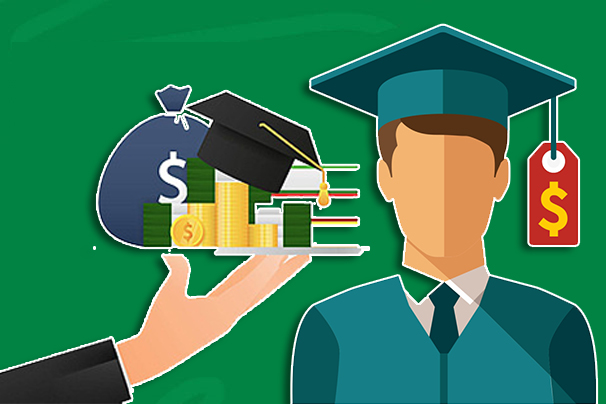A Stafford Loan was a type of student loan that was obtainable from the United States Department of Education by qualified students who were enrolled in accredited American colleges and universities to assist them in paying for their education. The terms of these loans were labeled in Title IV of the Higher Education Act of 1965, which was edited over time to guarantee repayment to the lender in case a student failed to pay back the loan.

As of July 1, 2010, Stafford Loans are no longer obtainable and have been replaced by the William D. Ford Federal Direct Student Loan Program. In the year 1988, the Federal Guaranteed Student Loan program was renamed the Robert T. Stafford Student Loan program in honor of U.S. Senator Robert Stafford, a Republican from Vermont, who worked on higher education. In this article, you will learn all you need to know about Stafford Loans.
What is a Stafford Loan?
Direct Stafford Loans are low-interest loans available for qualified students to assist in paying for higher education at a four-year college or university, community college, or trade, career, or technical school. The loans are part of the William D. Ford Federal Direct Loan (Direct Loan) Program, and qualified students can borrow directly from the U.S. Department of Education at participating schools.
Type of Stafford Loan
There are two (2) types of Stafford loans, and they are as follows: a subsidized loan and an unsubsidized loan.
A subsidized loan
A subsidized loan is awarded based on financial need, as determined by the information you submit on the Free Application for Federal Student Aid (FAFSA). If you are qualified for a subsidized Stafford loan, you will not be charged interest while in school on at least a half-time basis. Throughout a grace period of up to six months after you are no longer registered on at least a “half-time” basis, or through certain defined deferment periods. The federal government pays (subsidizes) the interest through these periods.
An unsubsidized loan
An unsubsidized loan is not awarded based on need. But you still must apply with the use of the FAFSA. You will be charged interest from the time the loan is paid until it is paid off in full. You have the option to accept interest payments during your school years and during any grace or postponement period. However, if you let interest accumulate during these periods, it will be capitalized. The loan principal amount will be subject to additional interest, which will be calculated based on the higher amount.
How does a Stafford Loan work?
Graduate and undergraduate students can apply for Stafford loans, which are issued under the Federal Direct Loan Program. Loans can be subsidized, where the government pays interest while students are in school, or unsubsidized. This is where the borrower bears all interest. The Federal Family Education Loan Program, which previously issued Stafford loans, ended in the year 2010, and all federal loans are now made through the Direct Loan Program.
Subsidized Stafford loans are available only to undergraduates who can demonstrate financial need. Both graduate and undergraduates can access direct unsubsidized loans without considering financial need. Depending on their conditions, students may borrow larger amounts, but the maximum amounts that may be subsidized are $3,500 yearly for freshmen. Then, $4,500 yearly for sophomores, $5,500 yearly for juniors, and $5,500 yearly for seniors or fifth-year students. The student’s dependency status also affects the amount they can borrow.
Stafford Loan requirement
To qualify for a Federal Direct Stafford Loan, simply complete and submit the Free Application for Federal Student Aid (FAFSA). Most students qualify for financial aid, but submitting your FAFSA is crucial to determine what options are available to you. Stafford Loans are the most common financial aid available to students entering college. And nearly every applicant is eligible for either a subsidized or unsubsidized loan package.
How to Apply for a Stafford Loan
To qualify for any type of Stafford Loan, you need to complete a FAFSA first. If you are accepted for need-based subsidized Stafford Loan funds, you will be notified. You are permitted to apply for unsubsidized Stafford Loan funds even if you have been accepted for subsidized funds.
Once you have chosen a lender for your student loan, you will need to complete the Master Promissory Note for the Stafford Loan. This document contains all the details of the loan, including your repayment responsibilities and terms.
- To apply for Direct Stafford Loans, fill out the Free Application for Federal Student Aid (FAFSA).
- You can apply online using FAFSA on the Web (the faster and easier way).
- You can get a paper FAFSA from your high school, local library, or postsecondary school.
If you have applied for Federal student aid for the school year before the present one, you can most likely file a Renewal FAFSA for the upcoming year. With a renewal FAFSA, you only need to update any information that has changed since the earlier year and answer a few new questions. This can save you time and effort related to filling out a completely new FAFSA form.
Stafford loan repayment
Repayment on Stafford loans usually starts six months after graduation, withdrawal, or dropping below half-time registration. Borrowers of Stafford Loans under the FFEL Program can opt for one of three repayment options:
- Standard Repayment Plan.
- Graduated Repayment Plan.
- Income-Sensitive Repayment Plan.
However, only those who have an FFEL program loan and are not qualified for Public Service Loan Forgiveness (PSLF) can apply for an Income-Sensitive Repayment Plan. In case you face problems making payments or prefer lower monthly payments over an extended period, you can apply for a Direct Consolidation Loan. This will let you become qualified for alternative repayment plans, including PSLF. It is very important to note that only Direct Loans qualify for PSLF, while FFELP loans, like the Stafford Loan, do not qualify.
Final Thought
Students who apply for a Stafford Loan are required to complete a FAFSA, just like for other types of federal financial aid. While the student is enrolled for at least half-time, no principal payments are needed on the loan, a status known as in-school deferment. Repayment deferment continued for six months after the student left school after graduating, dropping below half-time registration, or withdrawing, which is known as the grace period.



